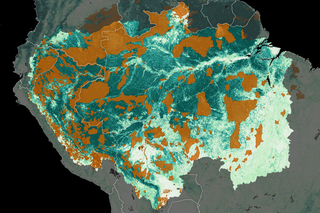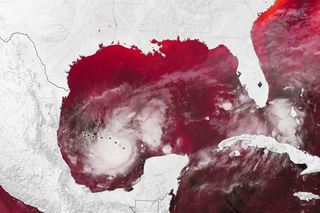
Our Mission
Our mission is to create geospatial knowledge that solves humanity’s most pressing challenges.
We achieve our mission by:
Enabling Transformative Research
The objective of the center is to enable transformative research to solve humanity’s most pressing challenges. Many of those challenges are geospatial in nature: climate change, biodiversity loss, pandemics, migration, conflict. Furthermore, the causes, impacts, and solutions to planetary change are complex and geographically interconnected. Addressing and managing these challenges requires an understanding of the nature and interaction of drivers and consequences of these changes.

Convening Uncommon Connections
We achieve our mission by convening uncommon connections among individuals, organizations, and networks. We develop close partnerships with companies and agencies engaged in geospatial information by putting data and research innovations both literally and figuratively ‘on the map’ for academia, governments, industry, NGOs, and the public.

Empowering Action
Geospatial skills are increasingly in demand and required in many fields, from the environment or public health to economics, law, and the digital humanities. In the U.S. alone, there are over 5 million people who use geospatial data or services in their jobs. Through an active emphasis on scholarship and the link with Yale’s domain expertise, the geospatial solutions produced by the center empower action and create positive outcomes for people and the planet.
